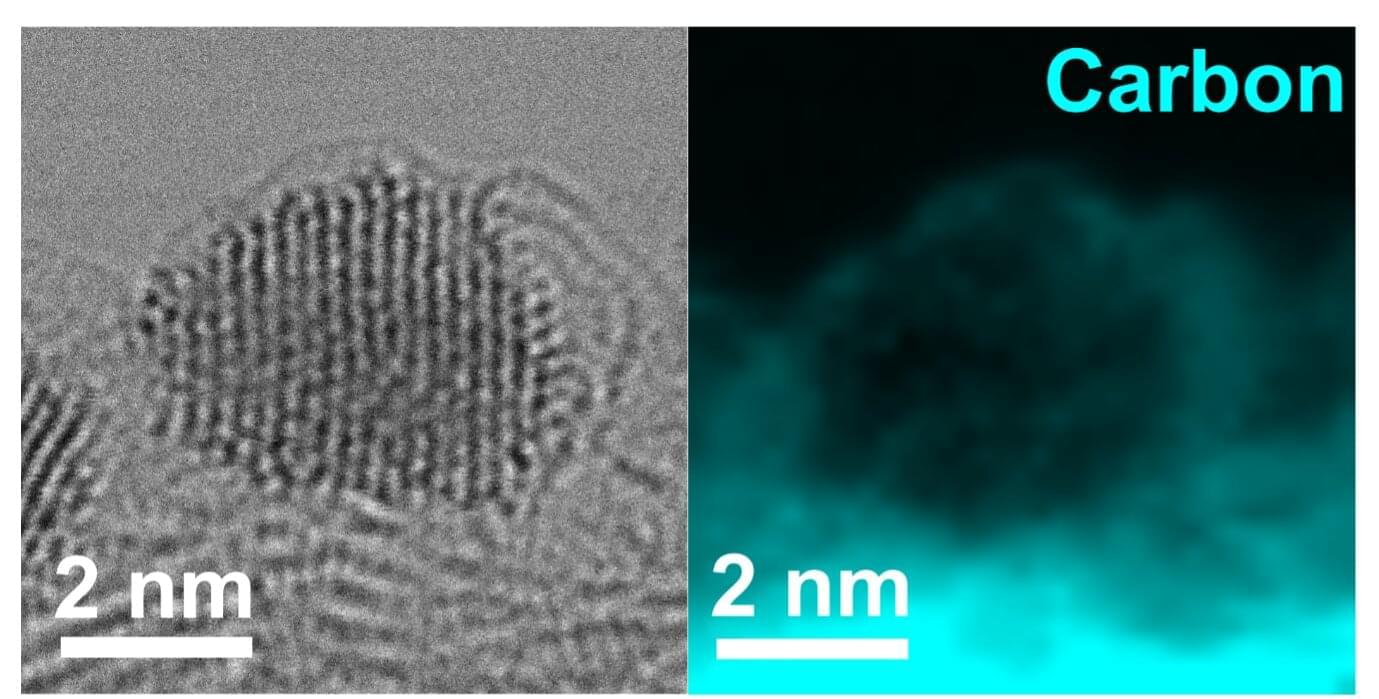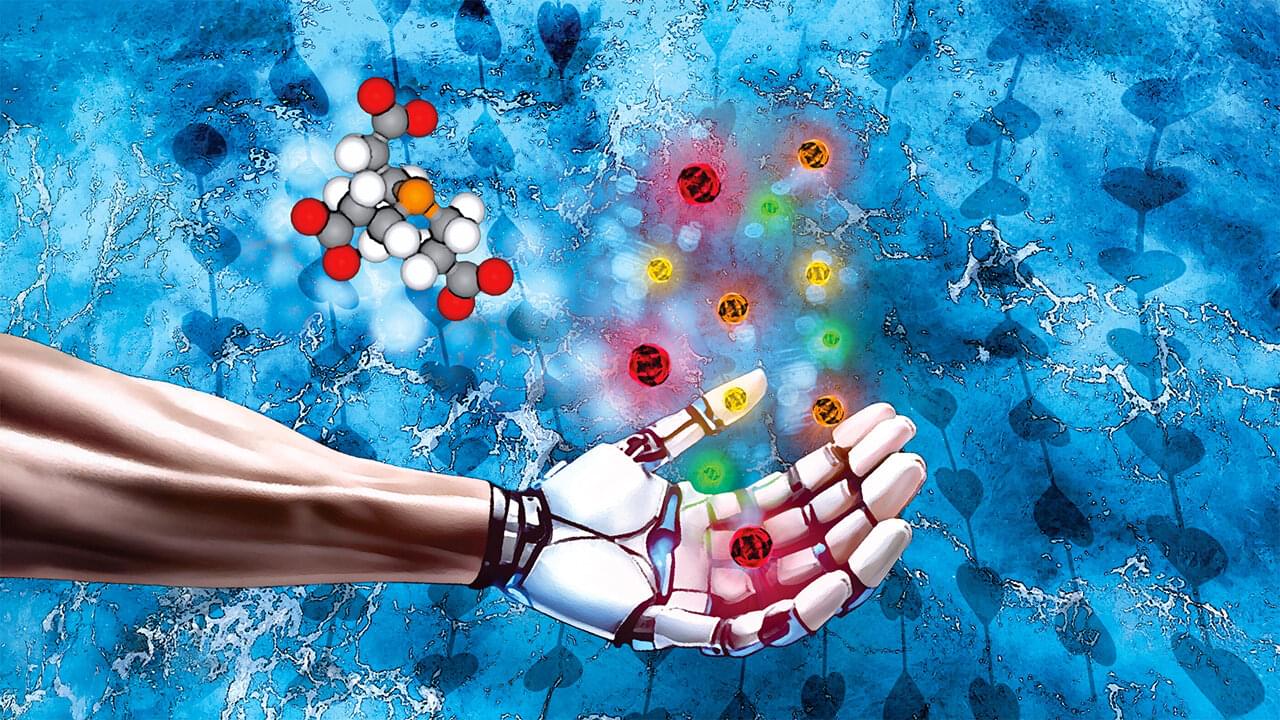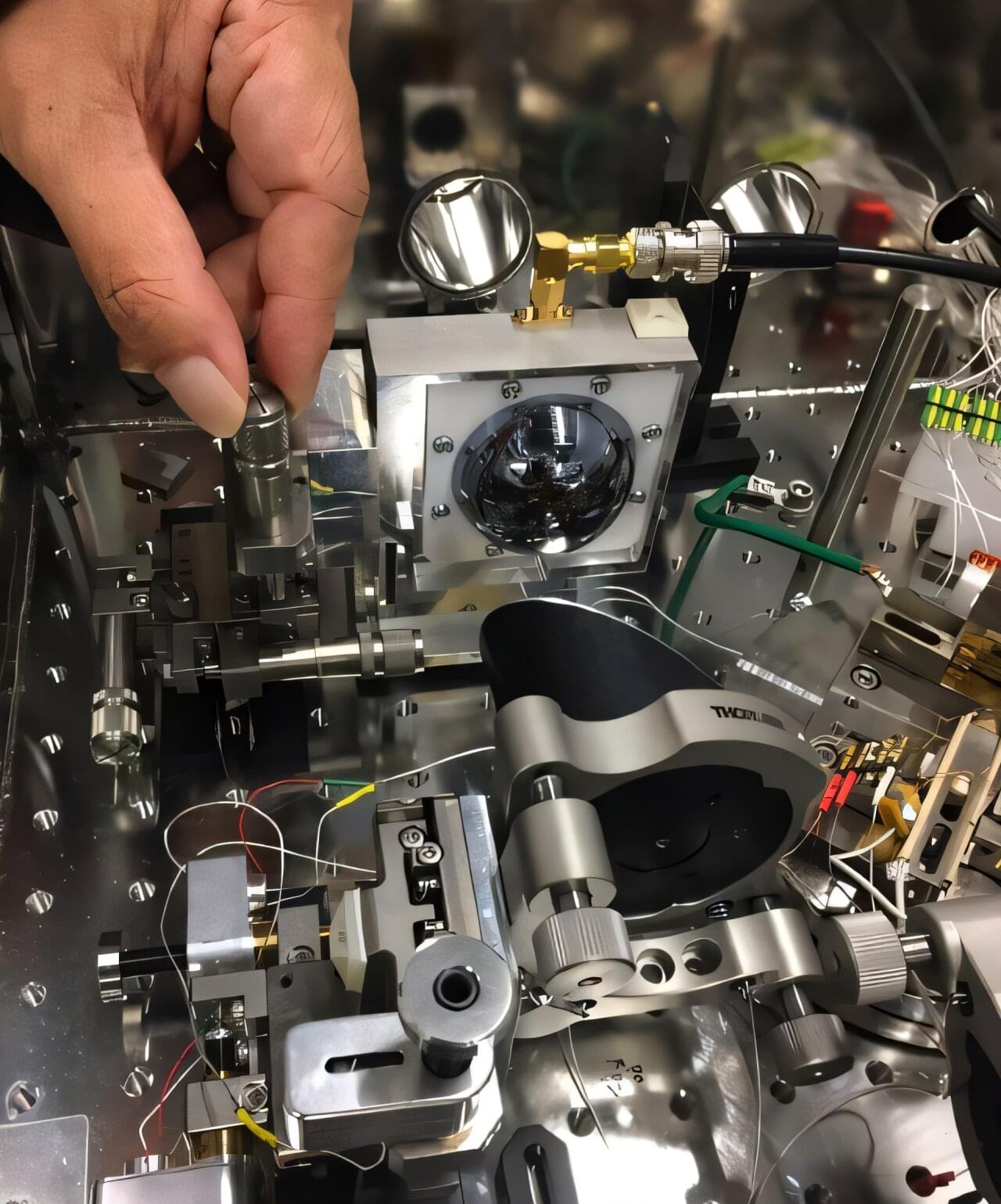Scientists from South Korea have advanced lithium-ion battery technology through nanotechnology and a new hybrid composite material.
Category: nanotechnology – Page 35

Electron transport in bilayer graphene nanoconstrictions patterned using atomic force microscope nanolithography
Here we report on low temperature transport measurements of encapsulated bilayer graphene nano constrictions fabricated employing electrode-free AFM-based local anodic oxidation (LAO) nanolithography. This technique allows for the creation of constrictions as narrow as 20 nm. While larger constrictions exhibit an enhanced energy gap, single quantum dot (QD) formation is observed within smaller constrictions with addition energies exceeding 100 meV, which surpass previous experiments on patterned QDs. These results suggest that transport through these narrow constrictions is governed by edge disorder combined with quantum confinement effects. Our findings introduce electrode-free AFM-LAO lithography as an easy and flexible method for creating nanostructures with tunable electronic properties without relying on patterning techniques such as e-beam lithography. The excellent control and reproducibility provided by this technique opens exciting opportunities for carbon-based quantum electronics and spintronics.
Citation.
Physical Review B


Researchers develop full-color-emitting upconversion nanoparticle technology for ultra-high RGB display quality
Dr. Ho Seong Jang and colleagues at the Extreme Materials Research Center at the Korea Institute of Science and Technology (KIST) have developed an upconversion nanoparticle technology that introduces a core@multi-shell nanostructure, a multilayer structure in which multiple layers of shells surround a central core particle, and enables high color purity RGB light emission from a single nanoparticle by adjusting the infrared wavelength.
The work is published in the journal Advanced Functional Materials.
Luminescent materials are materials that light up on their own and are used in a variety of display devices, including TVs, tablets, monitors, and smartphones, to allow us to view a variety of images and videos. However, conventional two-dimensional flat displays cannot fully convey the three-dimensional dimensionality of the real world, limiting the sense of depth.

Pt nano-catalyst with graphene pockets enhances fuel cell durability and efficiency
The manufacturing and deployment of hybrid and electric vehicles is on the rise, contributing to ongoing efforts to decarbonize the transport industry. While cars and smaller vehicles can be powered using lithium batteries, electrifying heavy-duty vehicles, such as trucks and large buses, has so far proved much more challenging.
Fuel cells, devices that generate electricity via chemical reactions, are promising solutions for powering heavy-duty vehicles. Most of the fuel cells employed so far are so-called proton exchange membrane fuel cells (PEMFCs), cells that generate electricity via the reaction of hydrogen and oxygen, conducting protons from their anode to their cathode utilizing a solid polymer membrane.
Despite their potential, many existing fuel cells have limited lifetimes and efficiencies. These limitations have so far hindered their widespread adoption in the manufacturing of electric or hybrid trucks, buses and other heavy-truck vehicles.

Reshaping quantum dots production through continuous flow and sustainable technologies
As the demand for innovative materials continues to grow—particularly in response to today’s technological and environmental challenges—research into nanomaterials is emerging as a strategic field. Among these materials, quantum dots are attracting particular attention due to their unique properties and wide range of applications. A team of researchers from ULiège has recently made a significant contribution by proposing a more sustainable approach to the production of these nanostructures.
Quantum dots (QDs) are nanometer-sized semiconductor particles with unique optical and electronic properties. Their ability to absorb and emit light with high precision makes them ideal for use in solar cells, LEDs, medical imaging, and sensors.
In a recent study, researchers at ULiège developed the first intensified, scalable process to produce cadmium chalcogenide quantum dots (semiconducting compounds widely used in optoelectronics and nanotechnology) in water using a novel, biocompatible chalcogenide source (chemical elements such as sulfur, selenium, and tellurium).

Plasma-synthesized photothermal material could enable efficient solar-powered water purification
Technology for converting solar energy into thermal energy is ever evolving and has numerous applications. A breakthrough in the laboratory of Professor My Ali El Khakani at Institut national de la recherche scientifique (INRS) has made a significant contribution to the field.
Professor El Khakani specializes in plasma-laser processes for the development of nanostructured materials. He and his team at the Énergie Matériaux Télécommunications Research Center have developed a new photothermal material that converts sunlight into heat with unmatched efficiency. The results of their work were published in the journal Scientific Reports.
For several decades, stoichiometric titanium oxides have been known for their exceptional photocatalytic properties. A sub-stoichiometric form of this material, characterized by a slight deficiency in oxygen atoms, is referred to as “Magnéli phases,” with specific compositions exhibiting distinct properties.

Scientists discover simpler is better when it comes to terahertz time-domain spectroscopy
A simple tweak to the usual setup is all that is needed to enhance a spectroscopy technique that uses waves in the terahertz region to probe samples, RIKEN physicists have discovered. The findings are published in the journal Applied Physics Letters.
Developing techniques that can obtain spectra from tiny regions extremely rapidly is the ultimate goal of a team that Norihiko Hayazawa of the RIKEN Center for Advanced Photonics belongs to.
Until recently, the scientists had been focusing on obtaining spectra from nanoscale regions on samples. But now they are concentrating on acquiring spectra very quickly—on the order of billionths of seconds (nanoseconds)—to minimize fluctuations induced by the ambient environment.

Researchers discover a new type of quantum entanglement
A study from Technion unveils a newly discovered form of quantum entanglement in the total angular momentum of photons confined in nanoscale structures. This discovery could play a key role in the future miniaturization of quantum communication and computing components.
Quantum physics sometimes leads to very unconventional predictions. This is what happened when Albert Einstein and his colleagues, Boris Podolsky and Nathan Rosen (who later founded the Faculty of Physics at Technion), found a scenario in which knowing the state of one particle immediately affects the state of the other particle, no matter how great the distance between them. Their historic 1935 paper was nicknamed EPR after its three authors (Einstein–Podolsky–Rosen).
The idea that knowing the state of one particle will affect another particle located at a huge distance from it, without physical interaction and information transfer, seemed absurd to Einstein, who called it “spooky action at a distance.”
